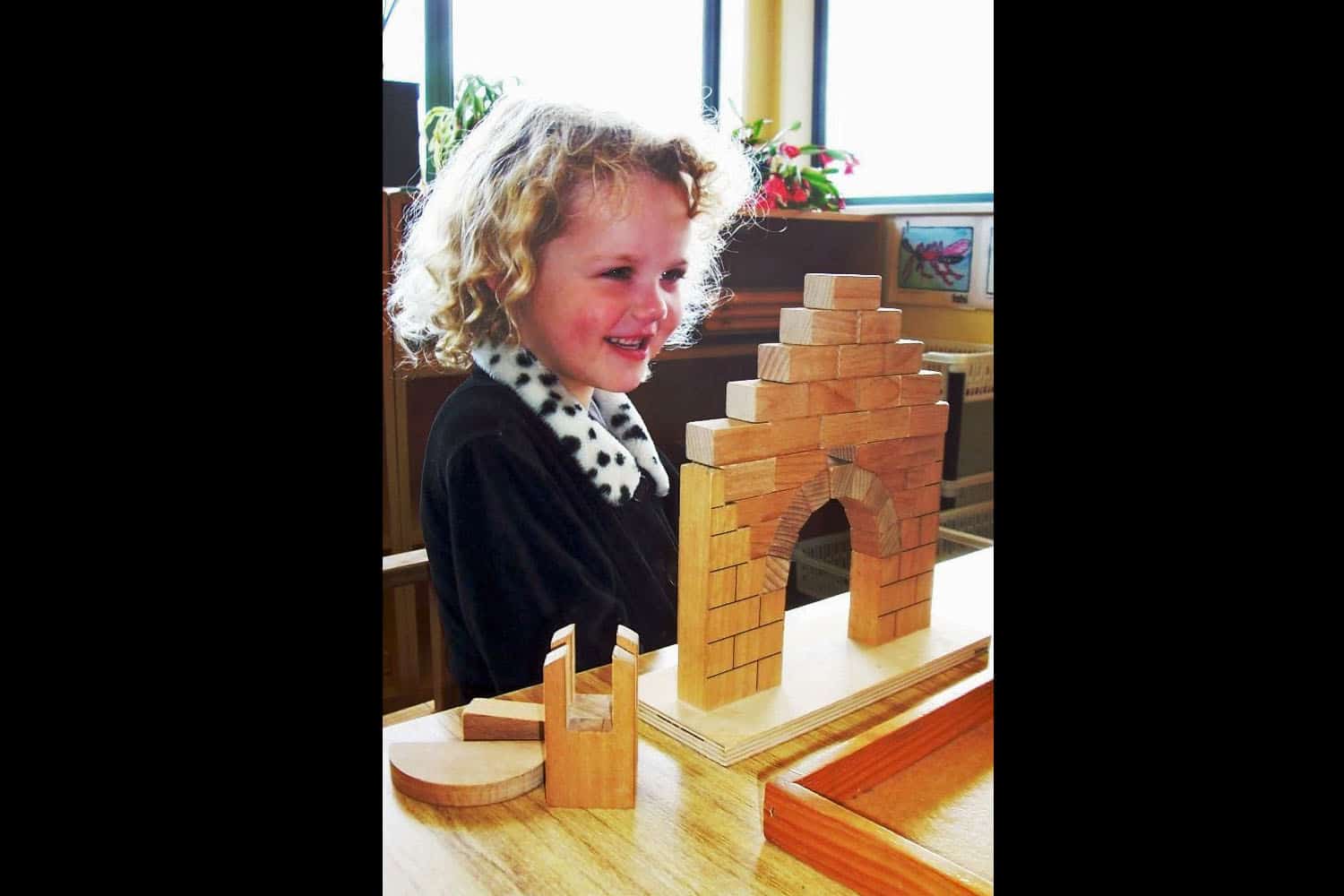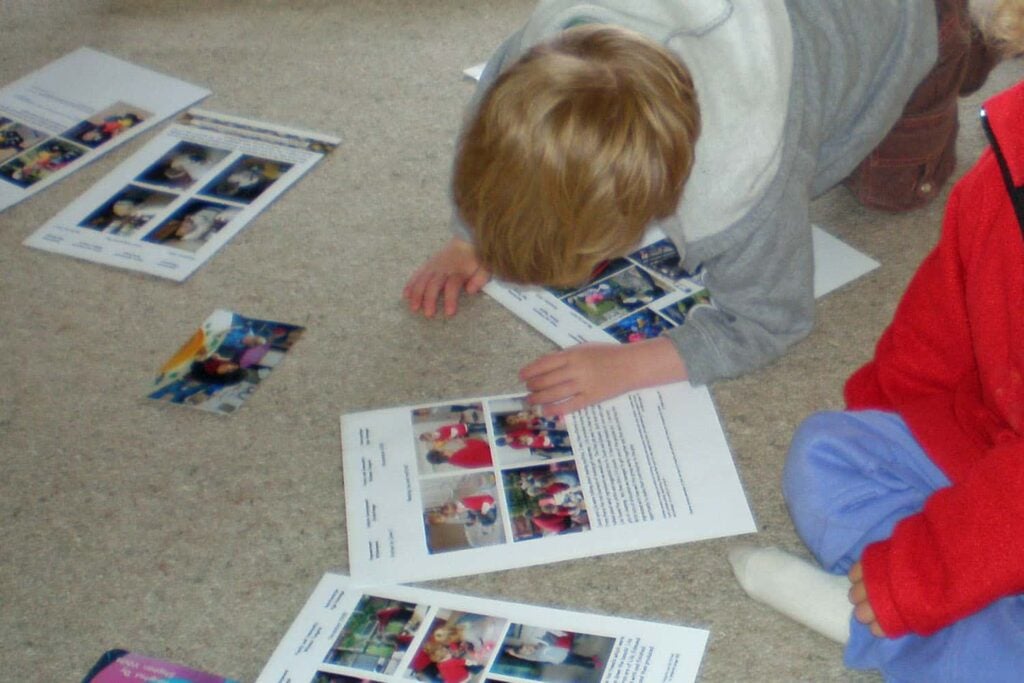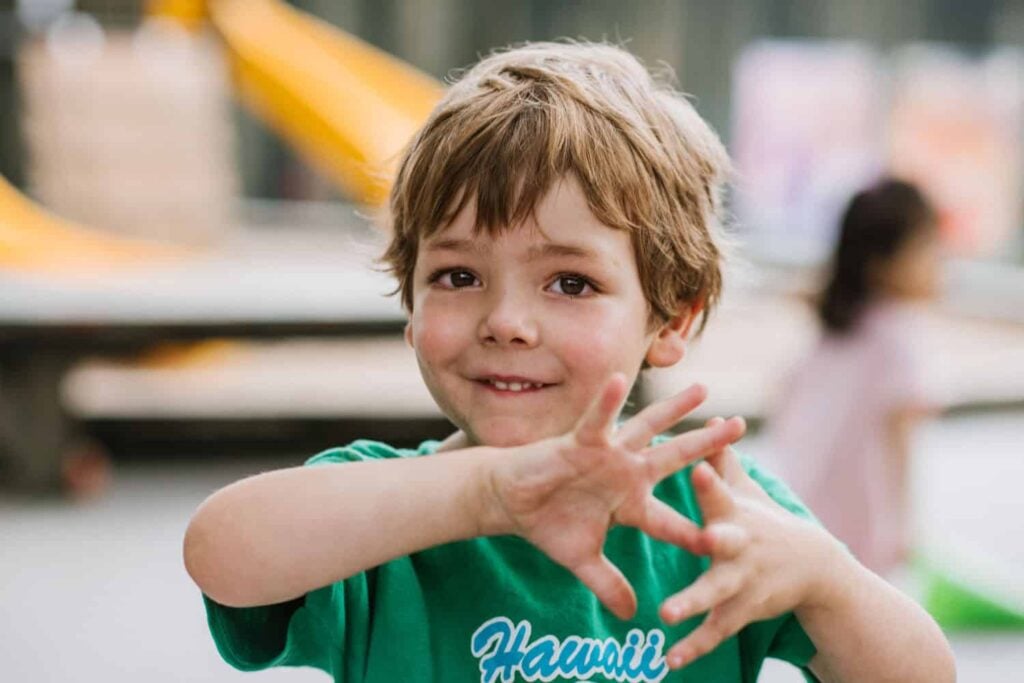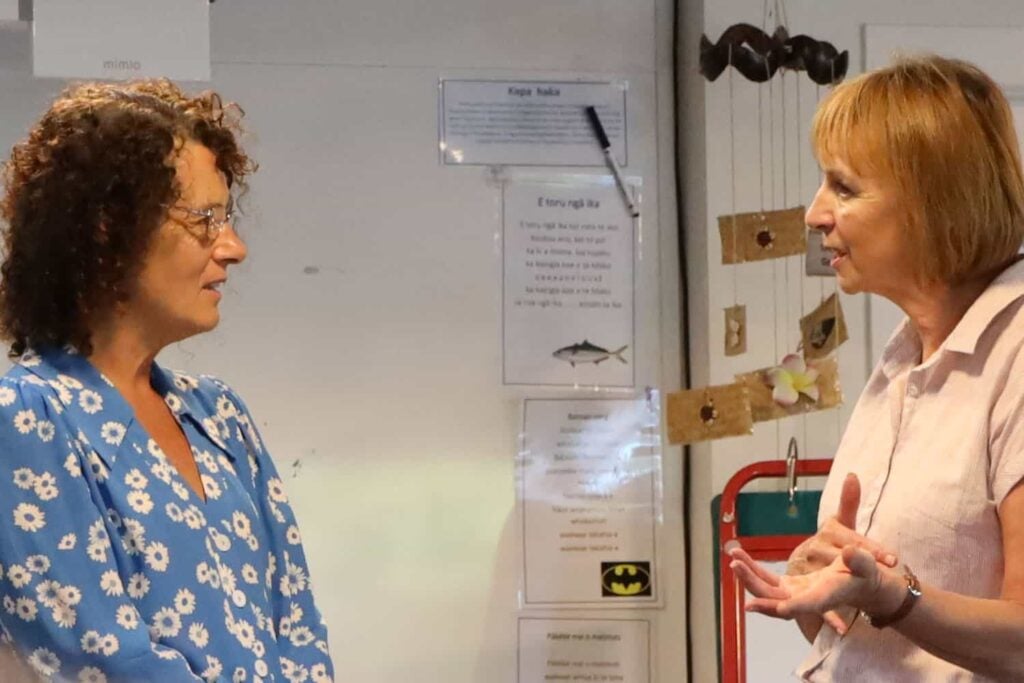Montessori Rudolf-Steiner and Kindergarten.
By Dr Sarah Alexander.
Montessori
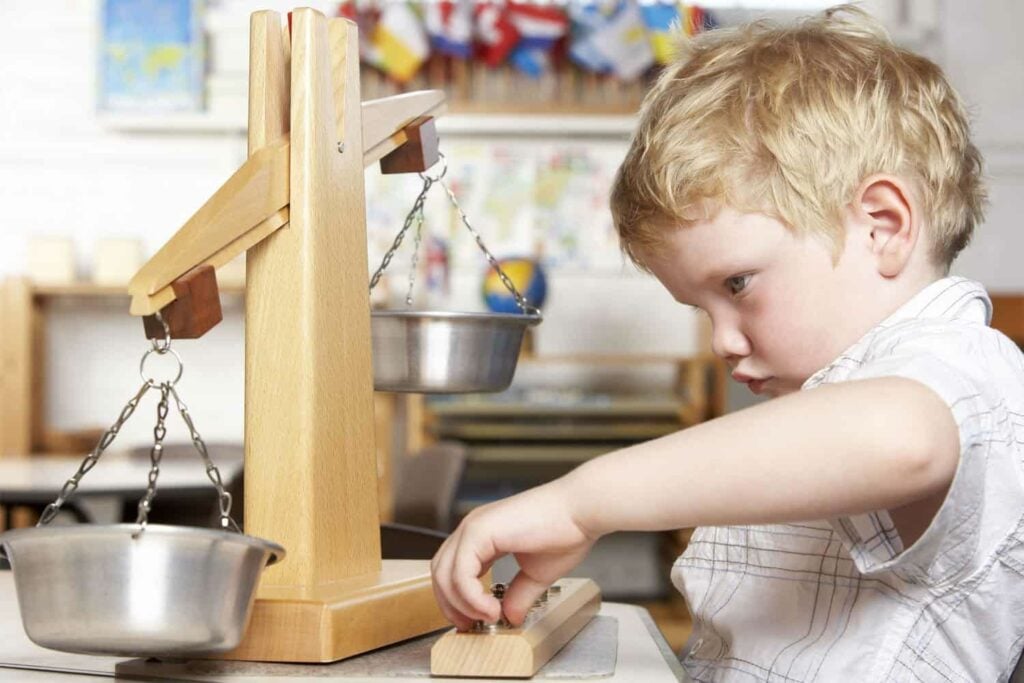
Montessori early childhood centres or schools are different to walk into from most kindergartens and other daycare – not only in the physical environment with open shelves displaying activities in a tidy and orderly fashion but in the atmosphere also of calm quiet busy children working independently.
Young children who do not like, or can not cope with being in a structured learning environment are best to be enrolled instead in a childcare programme where there is an emphasis on free play, social play, and children just mucking-around.
You and your child will liklely be personally greeted at the door each time you arrive at a Montessori centre. Your child will then be taken into the class to choose his/her first learning activity.
There is a high focus on learning and teaching in Montessori programmes, and the philosophical approach behind the Montessori curriculum reflects what was later discovered by decades of research to reflect best teaching practices for promoting children’s development.
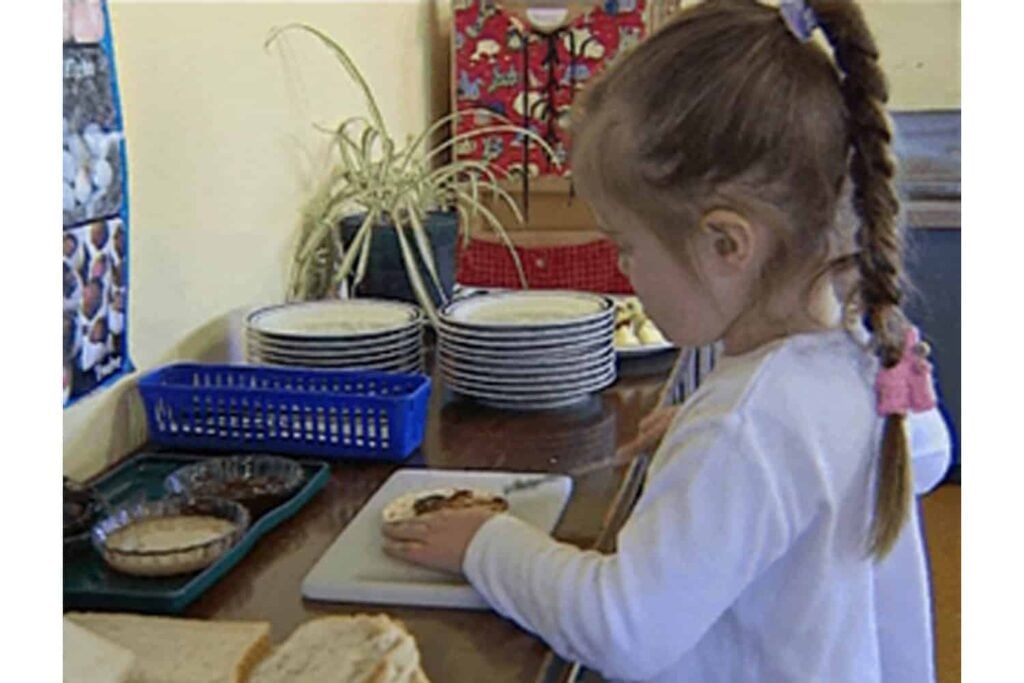
Centres that reflect the philosophy and writings of Maria Montessori (1870 – 1952) are Montessori centres.
Montessori centres provide specially designed equipment and graduated activities to support children’s developing skills. Children are taught in a range of curriculum areas including self-help skills, science, geography, maths, social studies etc.
Nearly all Montessori centres in NZ cater for children from 3 – 6 years, though there are now a small number that will accept infants.
Montessori centres in New Zealand have originated from groups of people deciding to fund-raise to provide such an early childhood service option in their community. Montessori centres are also established by private individuals and companies wishing to capitalise financially on public interest in this method of education.
Rudolf Steiner/ Waldorf Centres
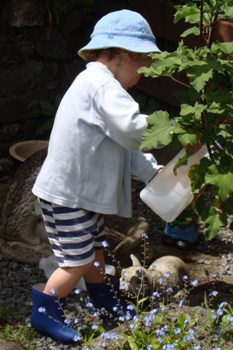
Rudolf Steiner/Waldorf kindergartens and playgroups are very different again from other types centres.
Education is based on the lectures and writings of Dr Rudolf Steiner (1861-1925).
Steiner centres suit many different children, including gifted children and children with learning difficulties as the Steiner philosophy really helps children to realise their potential.
The Steiner approach helps children particularly well in the autistic spectrum and children who are socially withdrawn and nervous, as the adults support them in a positive manner by working on their strengths
From a Waldorf perspective, the essence of the first seven years of childhood is that children learn through example and imitation. The belief is that children learn themselves, and not through instruction.
Learning takes place through their own play, as children imitate what they perceive in the environment around them.
Teacher led learning takes place through morning circles, that consist of movement, gesture, and song, as well as story telling later in the day.
This is in contrast to reading stories as is done in most childcare/kindergarten/home-based education environments. It makes up a rhythm to the day, with an emphasis on the season and festivals during that season, and entire year.
Most toys are from what can be found in nature (such as shells) or are hand-made from natural materials (e.g. wheat dolls). Centres usually accept children from 3 – 6 years of age and Steiner playgroups may take younger children.
Kindergartens and Childcare Centres
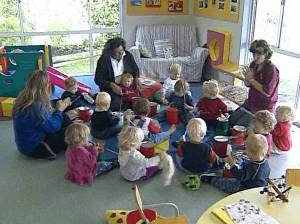
When you walk into a Free Kindergarten operated by a regional kindergarten association you are likely to see a large open plan building, lots of tables at child height with activities on and a large outdoor playground.
Teachers will be walking around supervising children, or taking a group of children, or talking with each other or with parents.
Many of the buildings that kindergartens are housed in were part-funded by the state and by community fundraising, and are often located on school grounds, public reserve ground, and are in most neighbourhoods.
When you walk into a childcare centre you’ll see much the same things as in a kindergarten, except the childcare centre may be operated from an older building and have lots of rooms, there may be more carpet and soft furnishings, and there is likely to a sleep room or sleeping space.
Childcare centres built more recently are likely to be open plan or will have a central foyer and classrooms for different age-groups of children off to the side of the foyer. After signing your child in, you are likely to be greeted at the door of your child’s class or greeted by a teacher who is sitting at an activity with a small group of children.
Kindergarten and childcare teachers undergo the same training, are required to hold the same qualifications, and the philosophical approach to early childhood education is much the same.
In centres that operate all-day licences (as opposed to part-day) you will see more teachers (a minimum of 1 teacher to every 10 preschoolers), teachers coming and going as they have their staggered morning/afternoon tea and lunch breaks, and children getting tired during the day and slowing down before they get renewed energy for play again.


